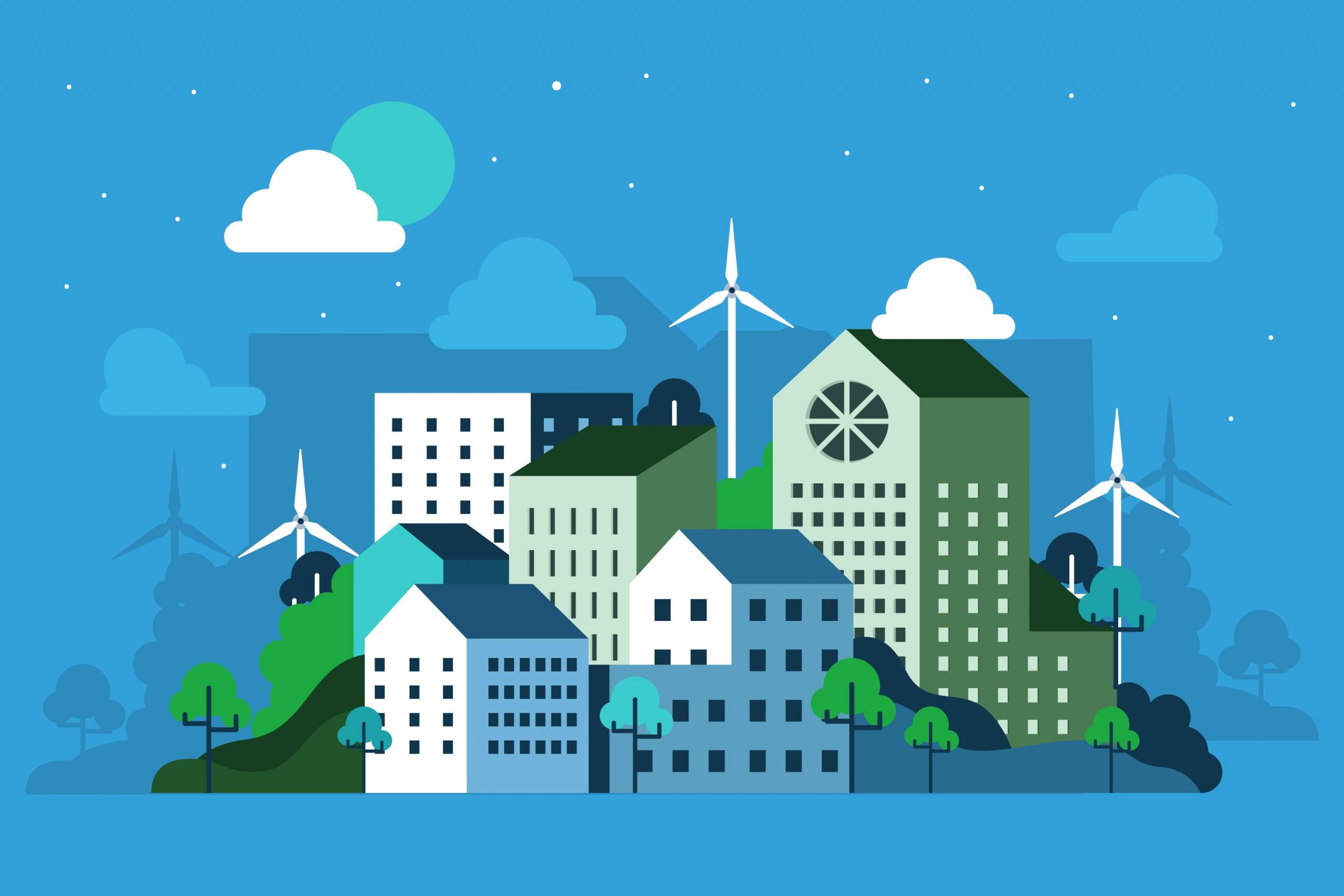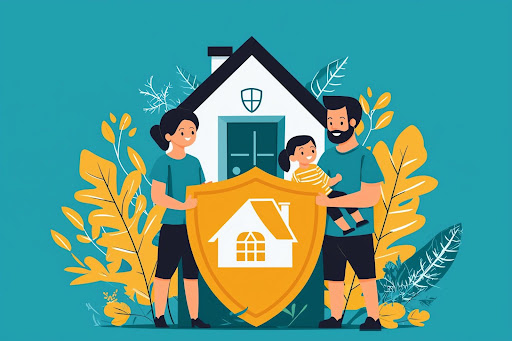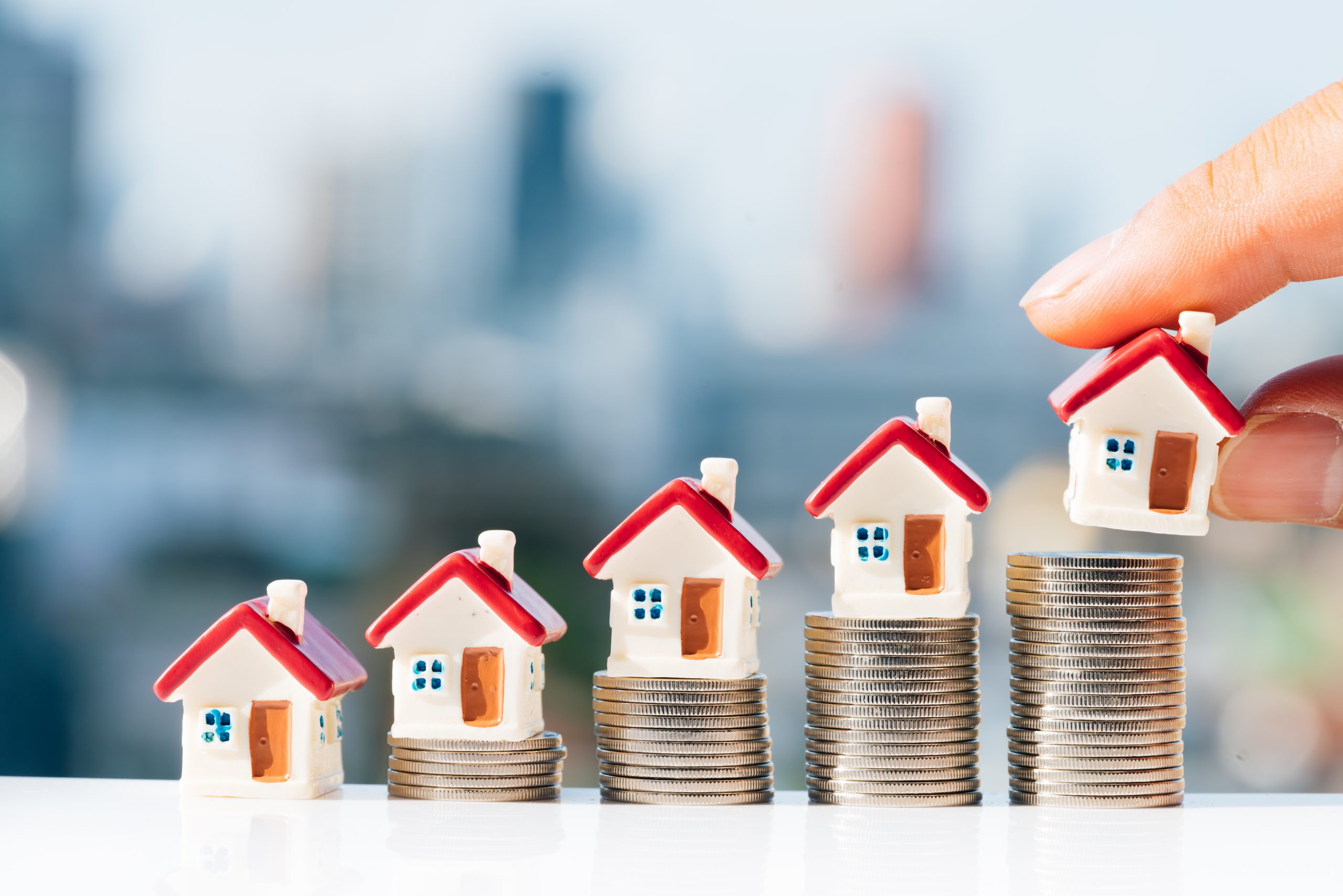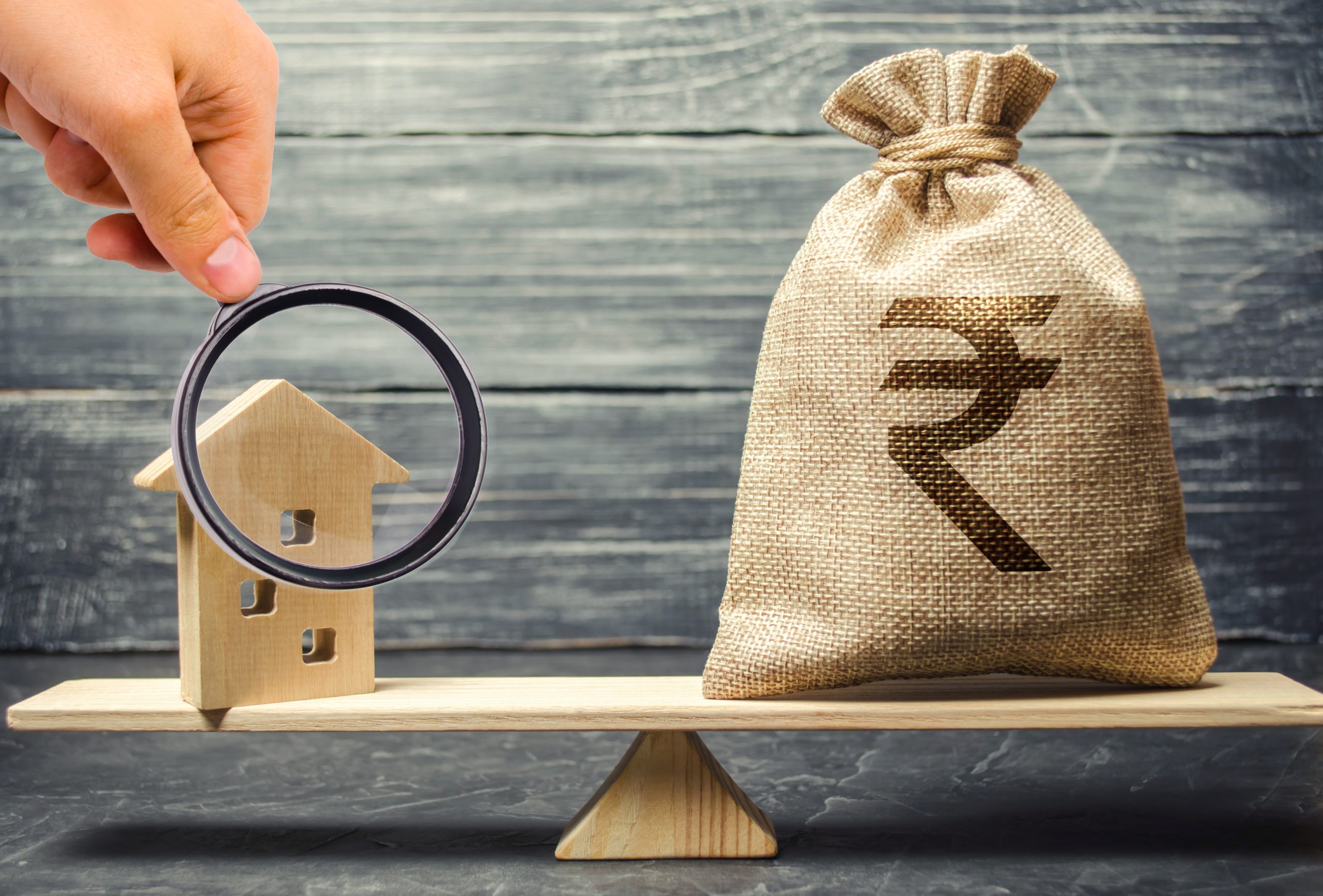What You Need to Know About Principal Amount in Home Loans
What Is Green Housing?
Green housing, also known as sustainable or eco-friendly housing, refers to homes designed, built, and maintained with minimal impact on the environment. These homes prioritize energy efficiency, use of sustainable building materials, water conservation, and reduced carbon emissions. Green housing aims to lower environmental impact while ensuring healthier, more cost-effective living spaces for residents.
Why is green housing growing in relevance?
Green housing is becoming increasingly relevant due to several factors, including rising energy costs, concerns over climate change, and a global shift toward sustainable practices. Here are a few reasons why green housing is so essential today:Benefits of Green Housing
- Environmental Impact: Traditional housing methods can contribute significantly to pollution, deforestation, and carbon emissions. Green housing focuses on reducing this impact by using eco-friendly materials and energy-efficient systems, helping to combat climate change.
- Energy Savings: Green homes typically use energy-efficient appliances, insulation, and lighting, which reduces energy consumption. With rising energy costs, homeowners save significantly on utility bills by investing in green housing.
- Healthier Living: Green homes are built with non-toxic, sustainable materials, which improve indoor air quality and create a healthier environment for residents. Improved air quality, natural ventilation, and sustainable building materials reduce exposure to harmful chemicals often found in conventional construction.
- Government Incentives: Many governments and local authorities offer incentives, tax breaks, or subsidies to encourage sustainable building practices. Homeowners may benefit financially when they choose green housing, making it a more accessible option.
- Increased Property Value: As demand for sustainable living rises, green homes are becoming more valuable. Homes with green certifications or sustainable features typically have higher resale values, attracting environmentally conscious buyers who are willing to invest in eco-friendly properties.
Key Features of Green Housing
To understand the benefits of green housing fully, it’s essential to know what distinguishes a green home from a traditional one. Here are some key features that green housing offers:
- Energy Efficiency: Green homes often include solar panels, energy-efficient appliances, and LED lighting to reduce energy consumption. Proper insulation and high-performance windows also contribute to maintaining a comfortable indoor climate year-round.
- Water Conservation: Water-saving features like low-flow faucets, dual-flush toilets, and rainwater harvesting systems help conserve water. Some green homes even integrate greywater systems that reuse water from sinks and showers for landscaping.
- Sustainable Building Materials: Recycled, reclaimed, or sustainably sourced materials are used in green homes to minimize waste and reduce the demand for non-renewable resources. Bamboo, recycled steel, and low-VOC paints are popular choices in green housing construction.
- Waste Reduction and Recycling: Sustainable homes often incorporate waste-reduction techniques during the construction phase. Recycling programs and efficient waste management systems ensure that less waste is sent to landfills.
- Smart Home Technology: Many green homes incorporate smart technology, which allows homeowners to monitor and control energy use, lighting, and heating through smartphone apps. Smart home systems increase efficiency, further reducing energy costs and environmental impact.
Benefits of Green Housing for Homeowners
Green housing offers many advantages for homeowners beyond its environmental impact. Here’s how going green can enhance your lifestyle and finances:
- Lower Energy Bills: Energy-efficient systems and smart technology significantly reduce monthly utility bills, allowing homeowners to enjoy long-term savings.
- Health Benefits: With improved indoor air quality and natural lighting, green homes reduce the risk of respiratory issues and create a more comfortable, healthy living space.
- Enhanced Comfort and Quality: Green homes are often quieter, better insulated, and more comfortable than traditional homes, creating a more pleasant living environment.
Conclusion: Why Green Housing Is a Smart Choice for Today’s Homeowners
As we face environmental challenges on a global scale, green housing presents a practical solution for individuals looking to reduce their carbon footprint while enjoying the many benefits of a sustainable lifestyle. By investing in green housing, homeowners contribute to a sustainable future, enjoy long-term financial savings, and create healthier, more comfortable homes.
Green housing is not just a trend; it’s a transformative approach to living. Whether you’re planning to build, buy, or renovate, consider choosing green housing features to enjoy a brighter, more sustainable tomorrow.









